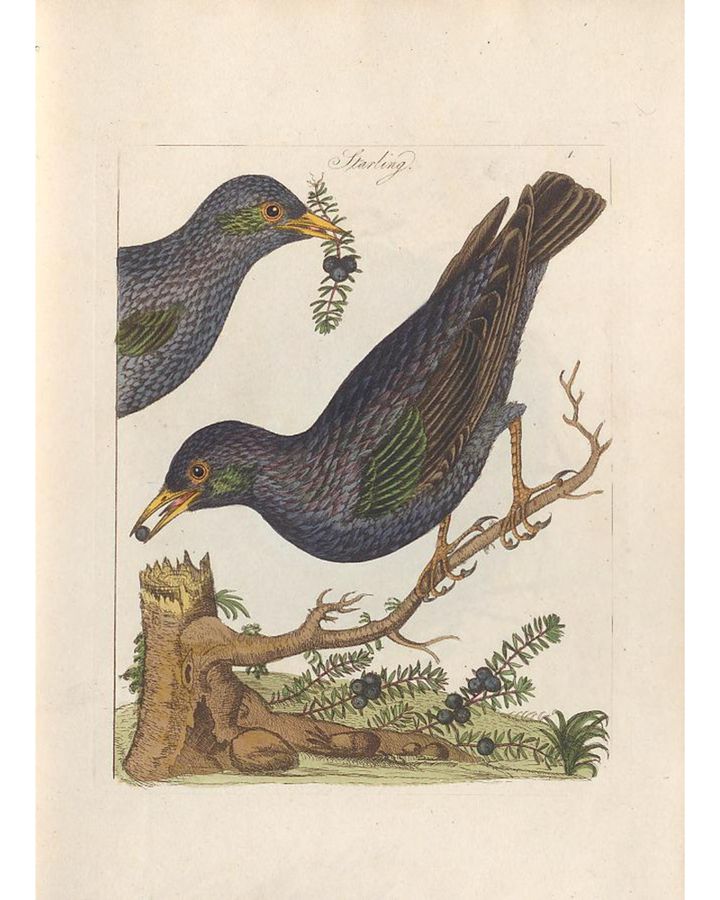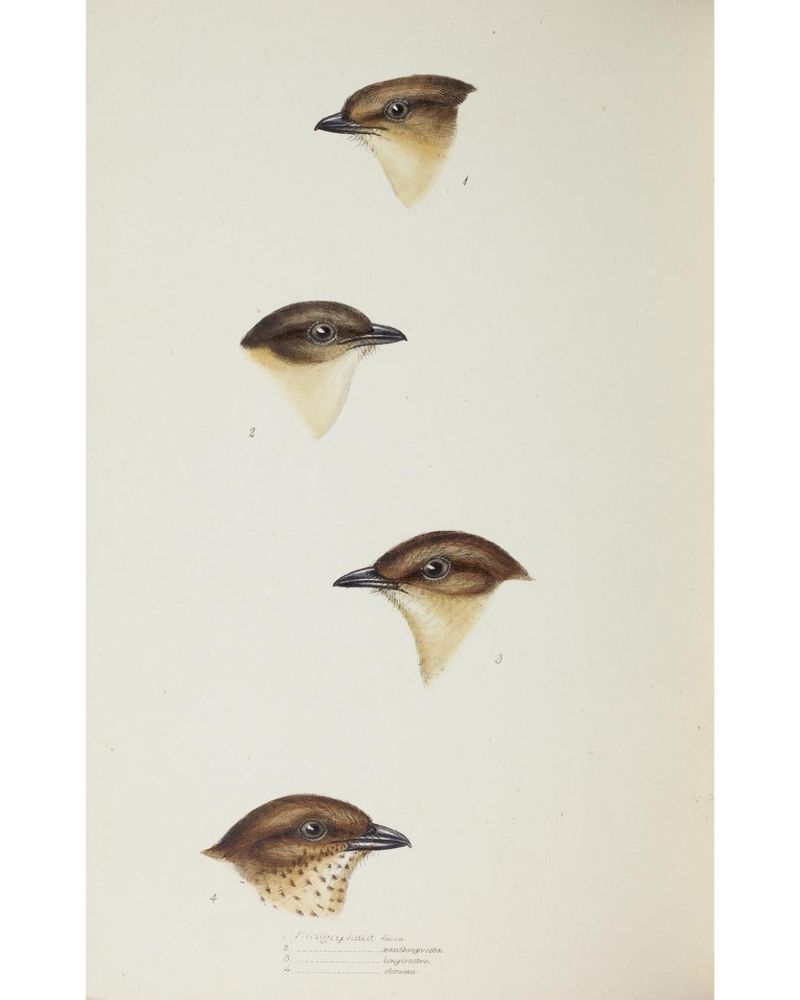BHL Australia
@bhl-au.bsky.social
550 followers
440 following
240 posts
Digitising Australia's biodiversity heritage literature to provide free #openaccess online (the Australian branch of @biodivlibrary.bsky.social; a collaboration with the Atlas of Living Australia @csiro.bsky.social).
Posts
Media
Videos
Starter Packs
Pinned
Reposted by BHL Australia





































